Article category: Consumer Goods, Climate Solutions
Calculating Mill Level Deforestation & Carbon Risk Scores...
Learn how we leverage key datasets from the Descartes Labs Platform to attribute risk from...
Article category: Climate Solutions
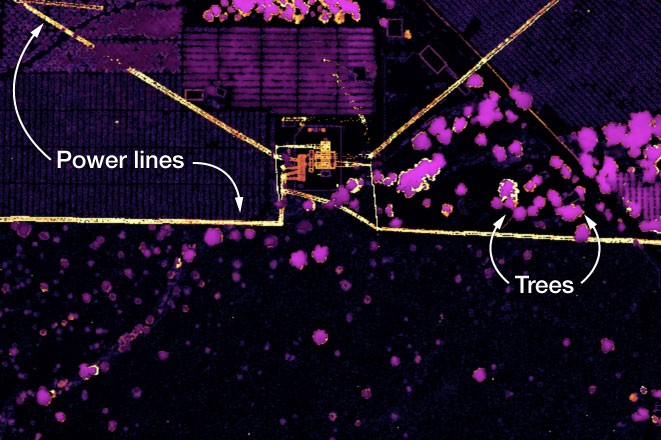
Digital supply chain transformations require “decision-useful” data to monitor and measure environmental and societal impacts. Space-based sensors and AI-derived data models help de-risk these impacts.

Technology and risk-based modeling may soon put the world on a path to eliminate the concept of “negative externalities” as data begins to transform physical industries in the same way it powered the engines of the internet economy. Negative externalities are the unaccounted environmental and societal side effects of commercial and industrial activities. They are often opaque to the general public and manifest themselves in long-term costs missing from business decisions during the moment of investment. A well-known example is the cost of producing plastic. Production costs don’t account for proper recycling or disposal, so plastic waste often ends up in rivers that empty into the ocean, and the world suffers from the negative externality of microplastic contamination. This cost eventually needs to be absorbed by the global population at large (e.g., taxpayers).
As environmental disasters encroach on global communities and ecosystems on a near-daily basis, the hidden costs from industrial processes and consumer behavior are increasingly visible as large swaths of people escape poverty and adopt a carbon-intensive Western lifestyle. Whether it’s the implicit costs from catastrophes like California’s Camp Fire that nearly brought down PG&E or the explicit rules and regulations of the cap and trade policies of the EU Emissions Trading System, it’s clear that the unaccounted side effects of commodity supply chains can no longer remain externalized. Instead, companies need to model these costs in long-term strategic planning in the form of internal carbon prices as governments, shareholders, and communities reward good stewards and punish careless actors.
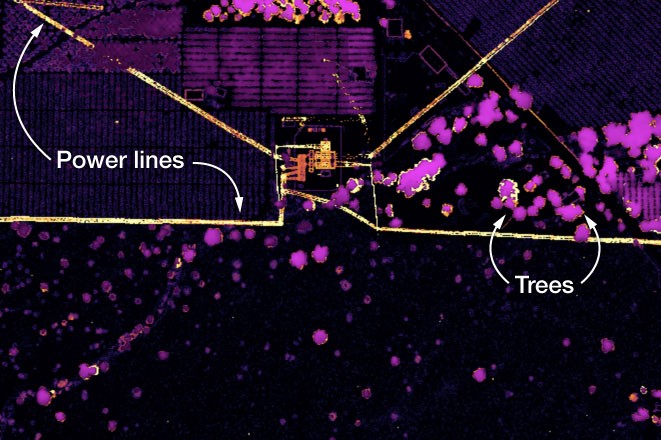
Major corporations are finding that it’s in their best interest to adapt to the implicit and explicit costs of carbon or pollutant-intensive supply chains. A direct result of this trend is the emergence of Environmental, Safety, and Governance investing (ESG), which aims to generate long-term investment returns by channeling financing to companies that carefully limit their exposure to dangerous and costly environmental accidents. Examples include wildfires, oil spills, illegal deforestation, dam breaches, or societal impacts like workplace health & safety, labor disputes, privacy & security, and more.
The table below lists 37 key ESG issues as outlined by MSCI, a leading index and analytics provider for institutional investors.
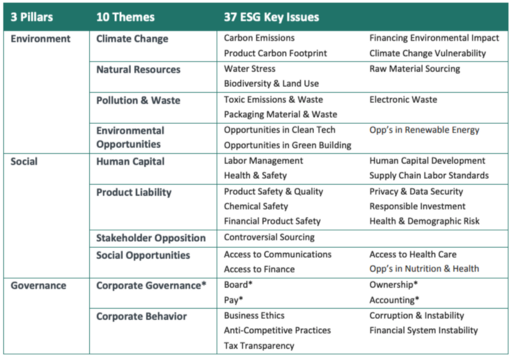
ESG is among the most critical “alternative” factors driving investment decisions today. According to the Global Sustainable Investment Alliance (GSIA), $30.7 trillion of the nearly $90 trillion in total global assets under management (AUM) in 2018 were defined as “sustainable investing assets.” This statistic illustrates the financial weight behind ESG, which has increased in parallel with sustainability reporting by the world’s largest public companies. In a report released by The Governance and Accountability Institute, Fortune 500 corporations publishing sustainability reports have increased from 20% in 2011 to 85% in 2017. Almost every leading capital allocator now believes ESG and sustainability are economically prudent and not merely social issues.
For the purpose of this document, Climate-Related Sustainability can be defined as follows:
Comprehensive actions by large organizations to reduce large scale environmental and social impacts resulting from business and trade. Environmental and social impacts are summarized by the UN’s Sustainable Development Goals.
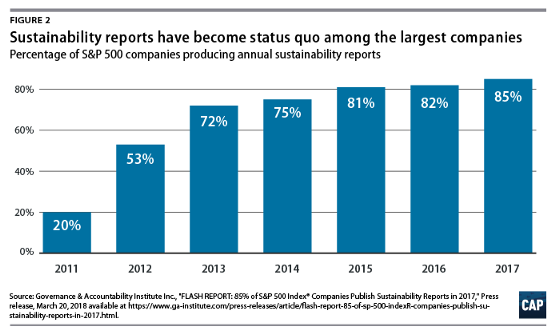
The link between integrated sustainability practices and share price outperformance is a theme echoed by industry experts:
“Robert Eccles, a visiting professor of management practice at Saïd Business School at the University of Oxford, says that the global investment community’s interest in environmental, social, and governance (ESG) issues has finally reached a tipping point. Large asset management firms and pensions funds are now pressuring corporate leaders to improve sustainability practices in material ways that both benefit their firms’ bottom line and create broader impact. They’re also advocating for more uniform metrics and industry standards.”
— Harvard Business Review, March 2019
Many of these experts see a parallel to the way GAAP accounting standards were developed and adopted in the early 1970s. Definition, self-regulation, and standardization were delegated by the government to a private entity, and public companies have had a common set of standards to measure and report against ever since. Public company investors now make decisions about the quality and future earnings potential of businesses based mainly on this information. The necessary conditions are clear rules, clear metrics, clear means of measurement, and a consistent and predictable playing field for companies to operate within.
While there is still work to do in terms of establishing generally accepted ESG standards, more companies are taking a closer look at their commodity supply chains and identifying ways to model and address impacts, including setting internal carbon prices. Many see managing carbon risk in a similar light as managing other financial risks, such as interest rates, foreign exchange, and debt servicing. As a result, companies are working to determine the geographic locations and volumes of their CO2 emissions, as well as those from suppliers and customers that fall upstream and downstream of their core operations and production.

At Descartes Labs, we believe that companies need to become “data-animated” to survive and thrive in a world full of risk. We provide technology that exposes patterns hidden in environmental data to make predictions on a global scale. A world of information generated by human activity is captured by sensors every minute of every day — from satellites, trucks, ships, cars, personal devices, and more. Descartes Labs has built a platform — a Data Refinery — that enables organizations to harness the potential of these huge datasets by providing one place to store them, prepare them, and use them to power machine learning models that can answer big sustainability questions for commercial, government, and academic interests.
Part of an organization becoming data-animated and managing sustainability from space is creating a digital inventory of physical assets in its supply-chain, whether these are owned directly or owned by suppliers. This is the concept of a digital twin, where space-based and terrestrial sensors come together to create a rich model of the physical world that can be manipulated, tested, and simulated in silico. Once these assets are digitally captured, they can be modeled using Descartes Labs’ supercomputing infrastructure and AI-powered measurement and forecasting capabilities. Our applied science and engineering teams are building and refining workflows of digital twins in the following areas:
Physical Assets
Emissions
Land Use Impacts
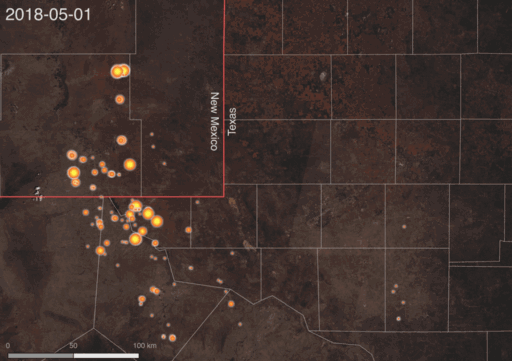
This list isn’t exhaustive, but it does represent the types of physical assets and environmental impacts that can be modeled and integrated into sustainability accounting across an enterprise. Once assets are modeled as digital twins, they can be monitored on an ongoing basis using custom solutions developed by Descartes Labs’ team of applied scientists. With a core group of talent coming out of Los Alamos National Laboratory, notable capabilities exist to data-animate physical supply chains for leading companies, many of which use these insights to help set internal carbon prices.
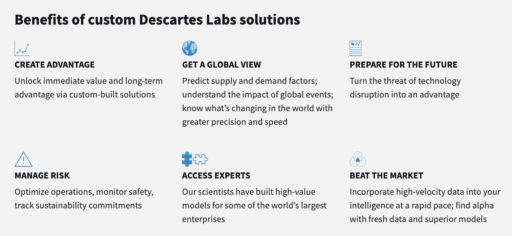
Examples of supply-chain modeling work include monitoring potential deforestation caused by suppliers of plant-based oils. Business managers in the palm oil industry, for example, need to be mindful of environmental damage caused by the unsustainable resourcing practices of some contract growers. Traceability is a very difficult problem in the palm oil industry. The supply chain as it exists today obfuscates the source of raw materials which makes it difficult to adhere to ethical and official global standards. But by leveraging multiple ingest pipelines of data sources ranging from satellite, weather, radio frequency data, and more, Descartes Labs can help these customers find areas of deforestation quickly. Locating deforestation in near-real time enables managers to act quickly to limit illegal activities by suppliers moving forward. This workflow represents the concept of a digital supply chain in action: it provides efficiencies on an automated basis and enables the company to live up to commitments made in sustainability reports.
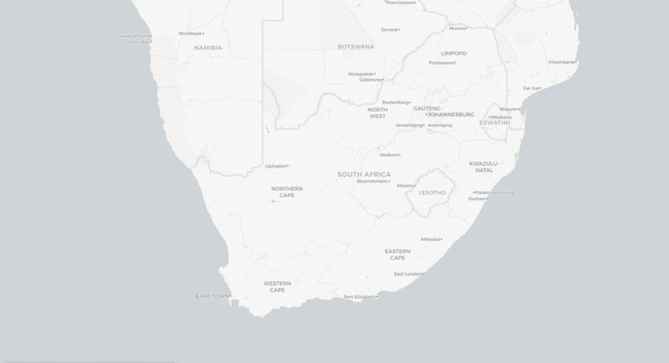
As evidence continues to build that companies who pay more than lip service to sustainability tend to outperform those who don’t, it becomes critical to identify opportunities in supply chains that pose risks to the environment or stakeholder populations. The world is no longer practicing sustainability for the sake of virtue but doing it to maintain profitability over the long term.
Descartes Labs can help companies drive long-term profitability and supercharge sustainability efforts by leveraging our data refinery to perform tasks like spectral and spatial analysis, commodity price forecasting, supply and demand modeling, yield modeling, time-series analysis, index development, and a host of other predictive capabilities. We want people using the incredible technology we’ve built and the data sources we’ve curated with our partners. Technical or non-technical practitioners can get in touch with us here to learn more.
If you would like to participate in a conversation about digitally transforming your supply chain or are interested in learning more about what Descartes Labs can do for you, consider emailing us at hello@descarteslabs.com.
Find. Monitor. Predict — Learn more about Descartes Labs
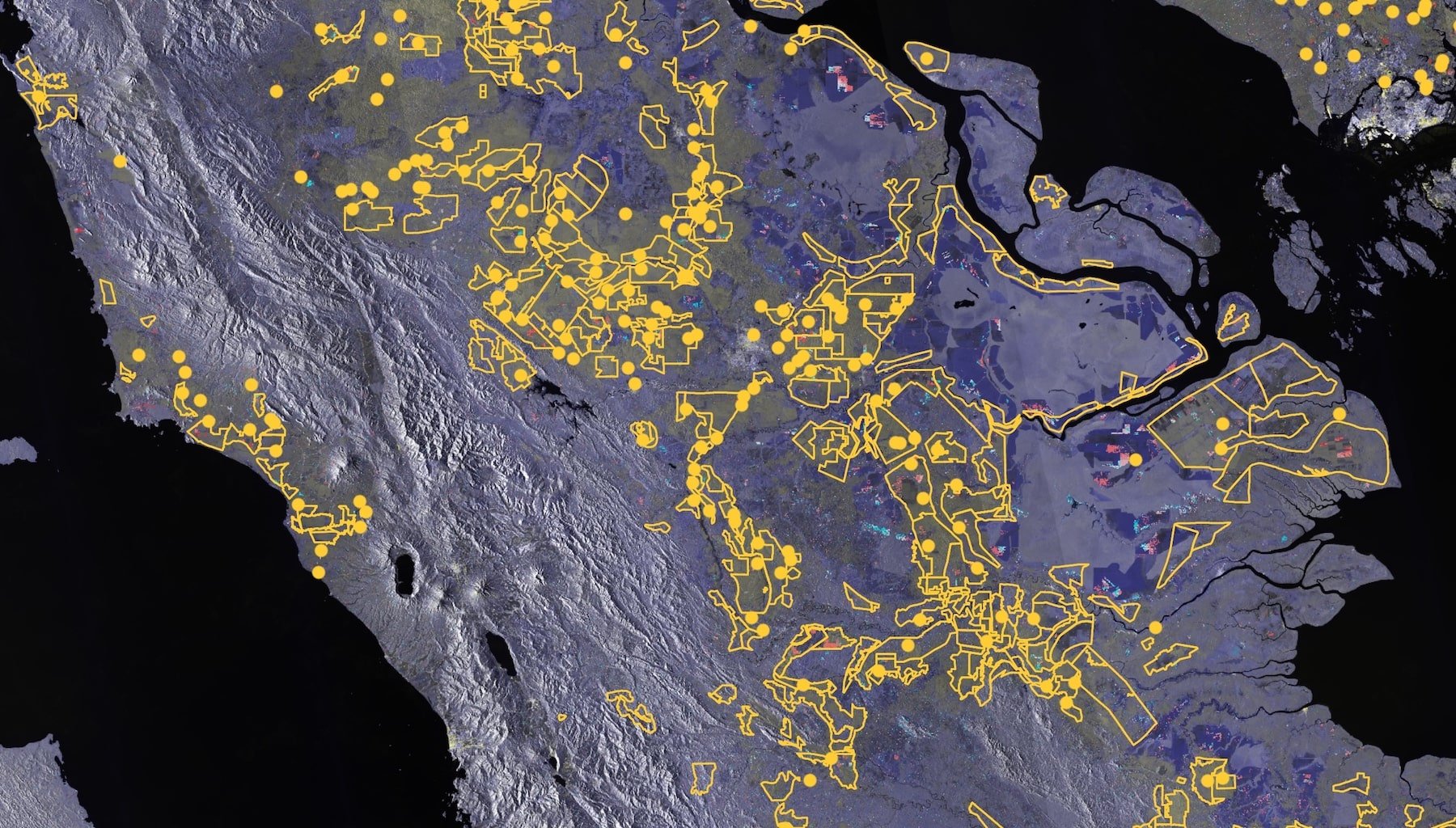
Article category: Consumer Goods, Climate Solutions
Learn how we leverage key datasets from the Descartes Labs Platform to attribute risk from...
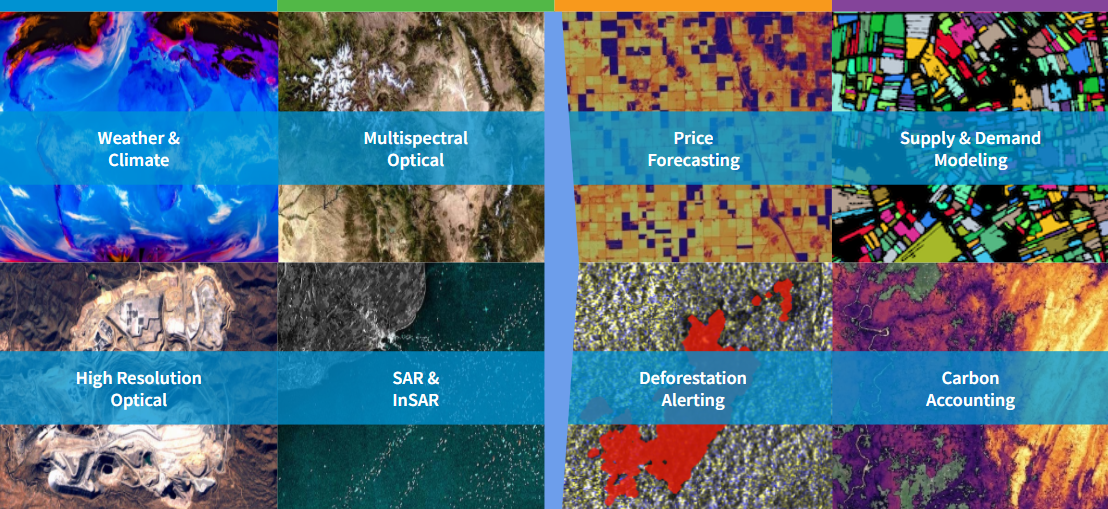
Article category: Consumer Goods, Climate Solutions
Presented during the AllianceBernstein ESG Conference on Biodiversity: Geospatial data can be a...
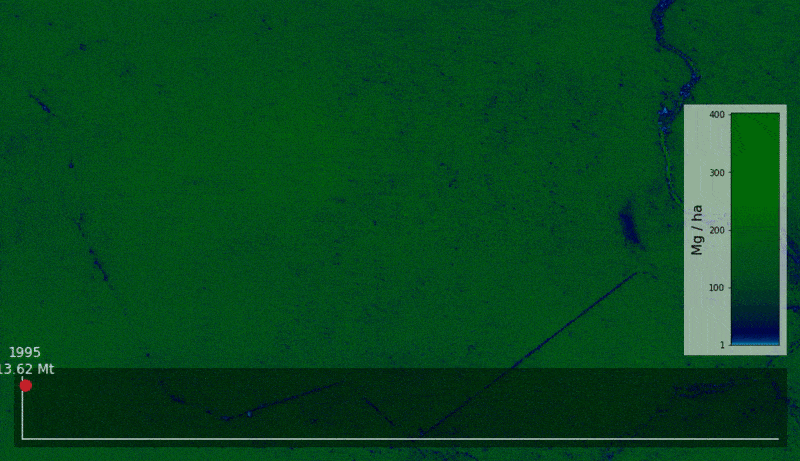
Article category: Consumer Goods, Climate Solutions
Descartes Labs' Applied Scientist Rose Rustowicz shares insights with members of The Sustainability...

Article category: Consumer Goods
Supply chain is an interesting term. What is it? It is the chain of events, vendors, logistics,...